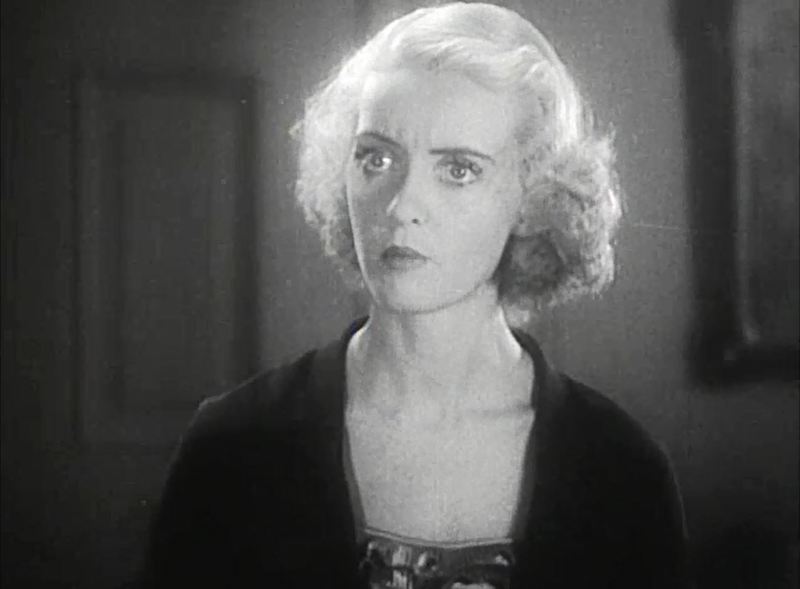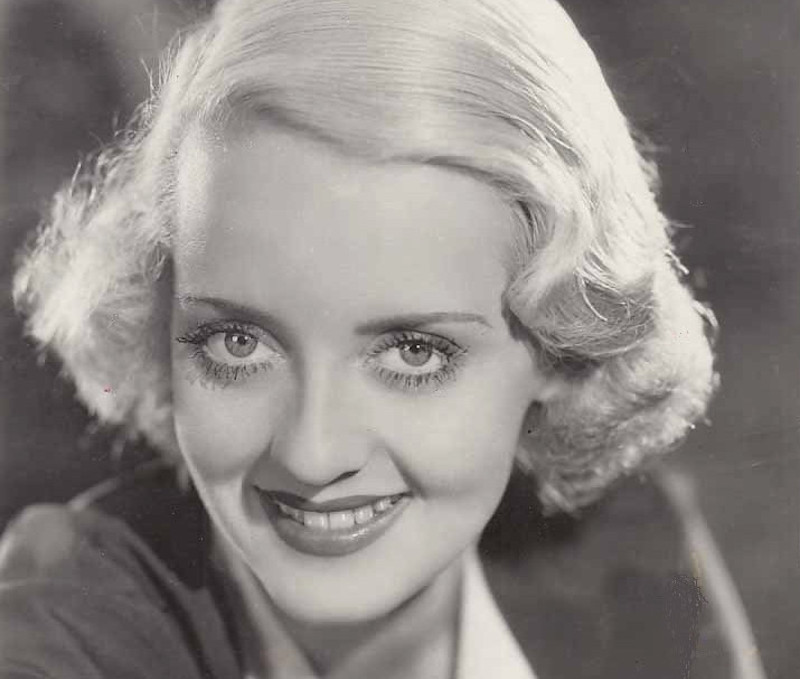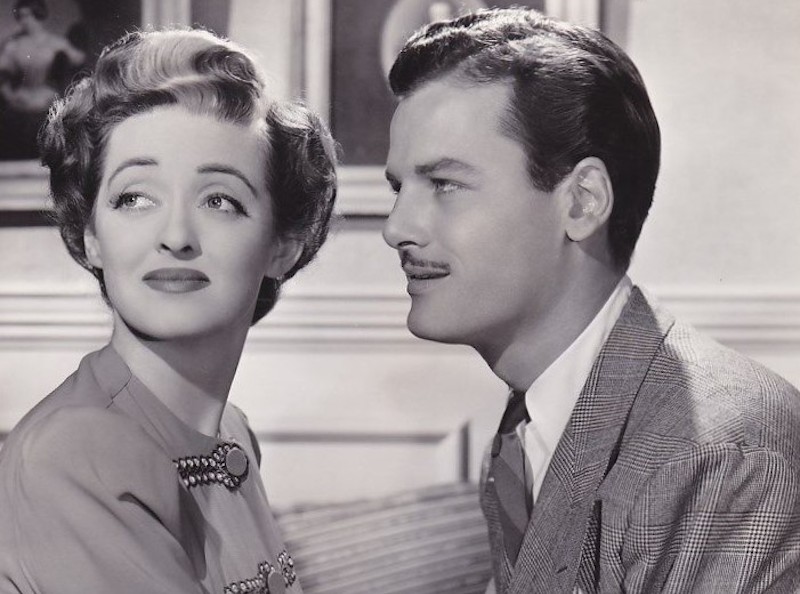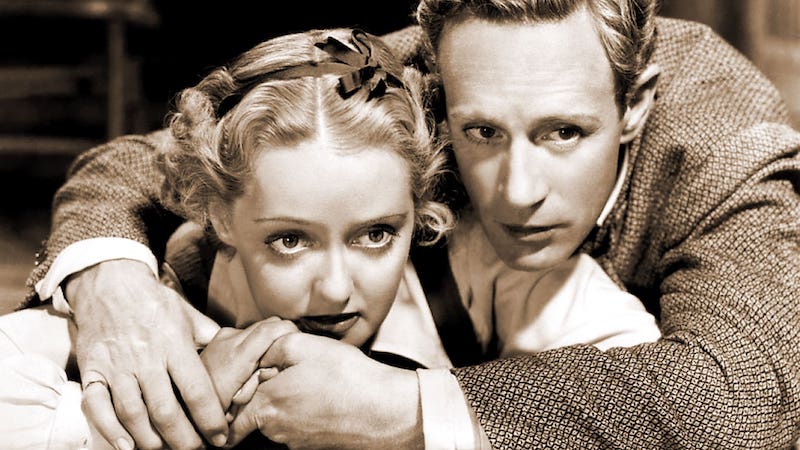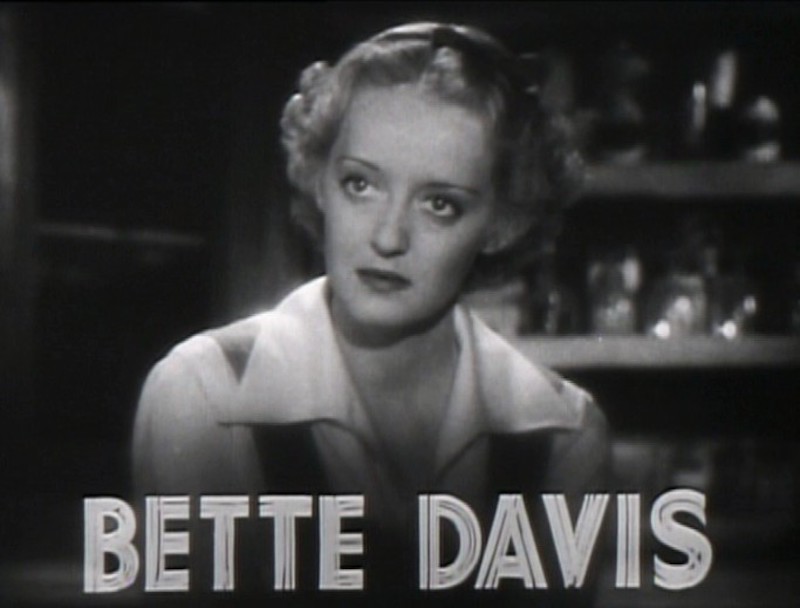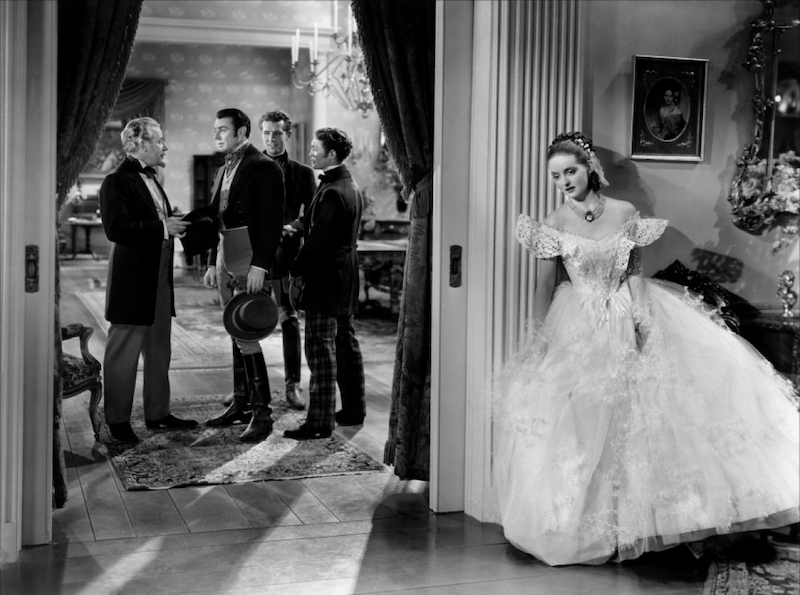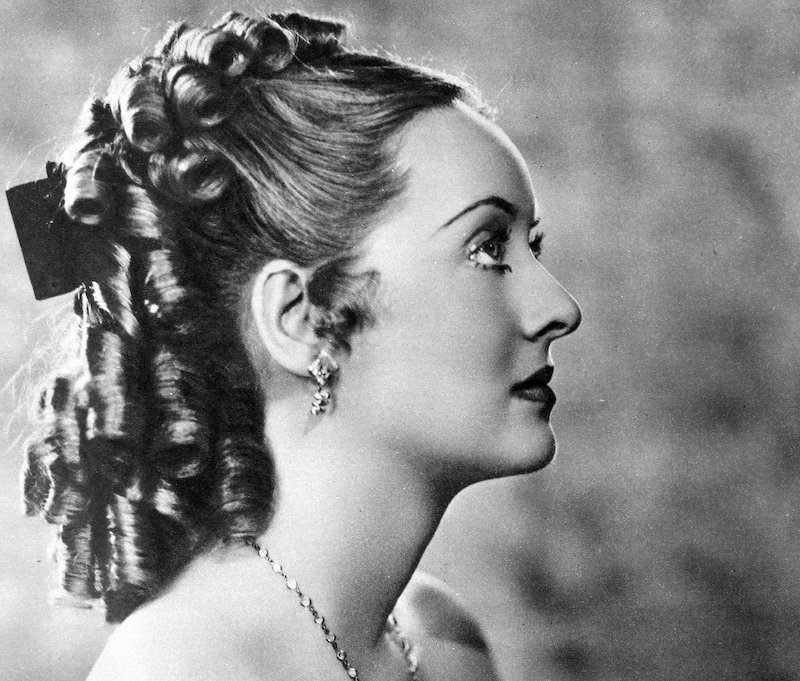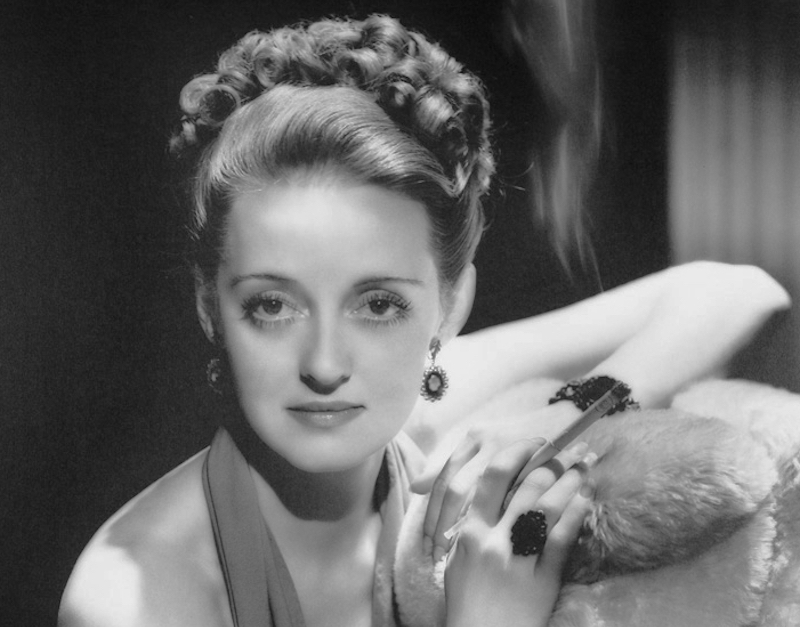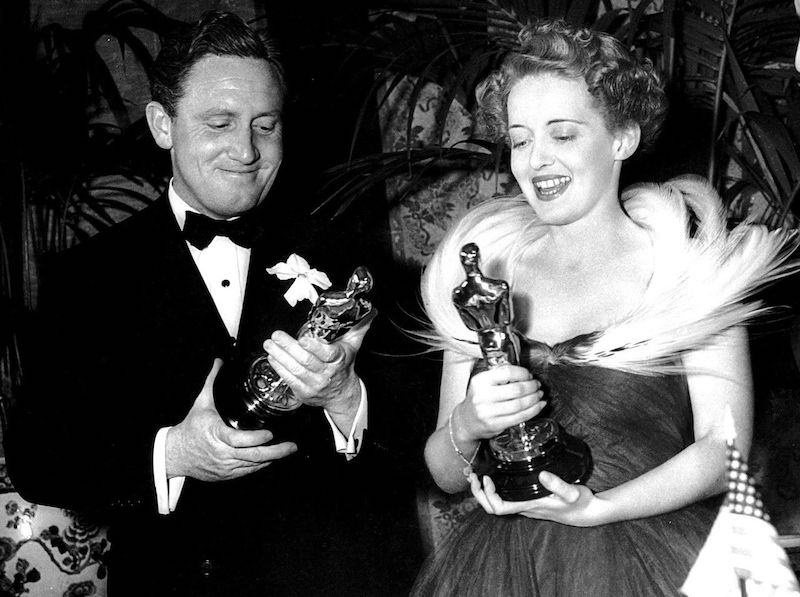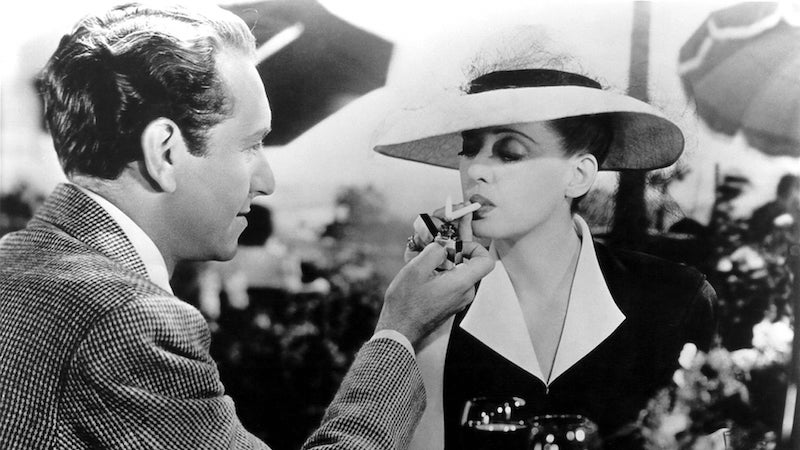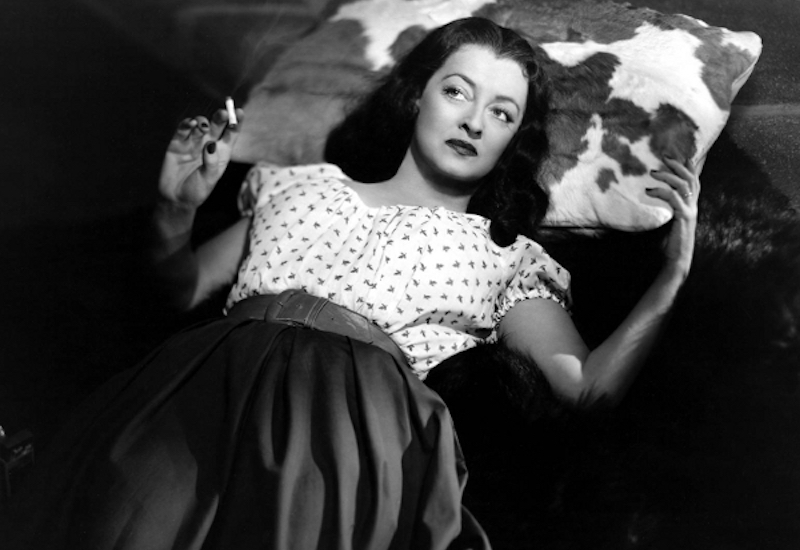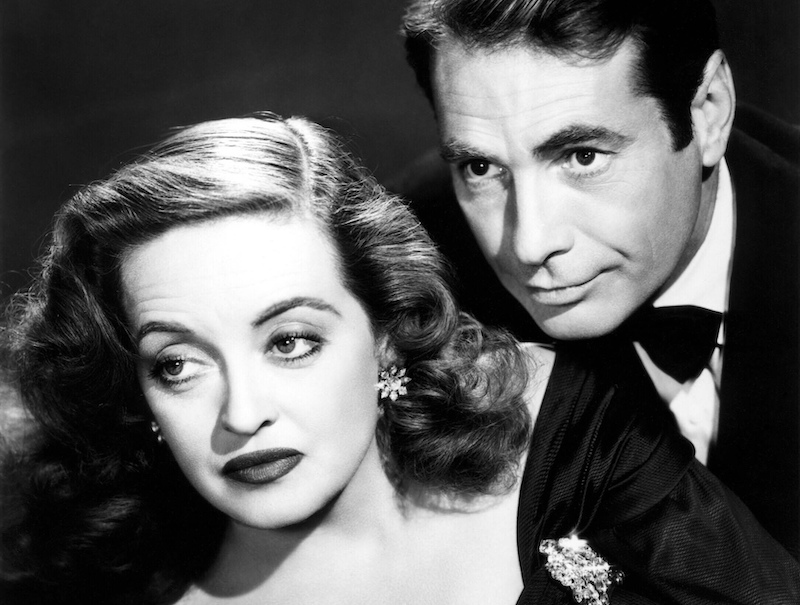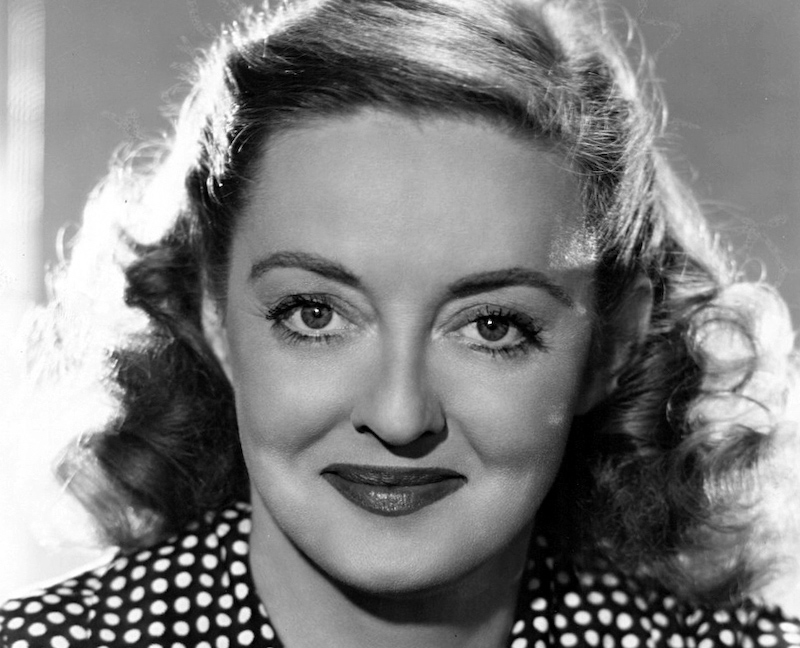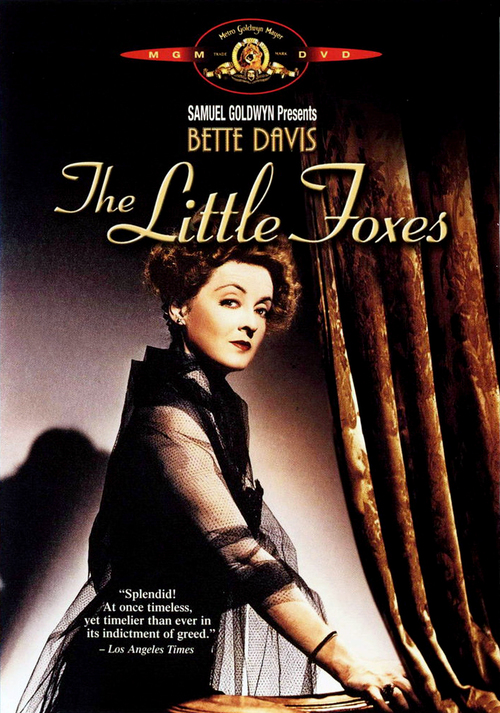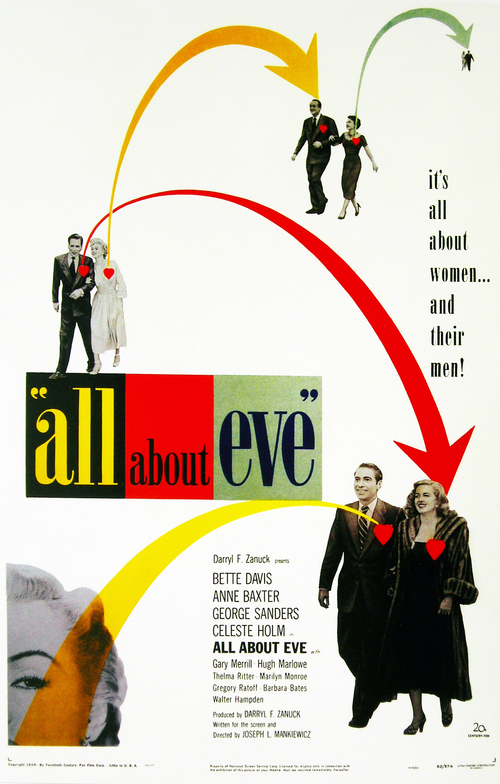She was born Ruth Elizabeth Davis in Lowell, Massachusetts in 1908, and was, by her own admission, a Yankee.
When her parents separated in 1915, the young “Betty” as she was then known, was shipped off to boarding school. At the age of thirteen, her mother moved to New York, taking Betty and her younger sister Bobby with her. It was there that Davis caught the acting bug, thanks to the films of Rudolph Valentino and Mary Pickford.
She also changed the spelling of her name to the now-legendary “Bette” after French novelist Honoré de Balzac’s powerfully unconventional heroine, Cousin Bette.
Work in small parts on Broadway attracted the attention of a talent scout for Universal Pictures, and in 1930, at the age of twenty-two, “Bette Davis” boarded a train for Hollywood. Screen tests and early roles were not major successes, and she came perilously close to losing her first contract at Universal.

Later in her life she said, “If Hollywood didn’t work out, I was prepared to be the best secretary in the world.” What saved her from the steno pool though, were her eyes. She always had Bette Davis eyes. A cinematographer felt they were “lovely” enough to make it worth keeping the actress who possessed them. A good call, if ever we saw one.
But her big break came when she went to work for Warner Brothers, and she was suddenly given roles that matched her spirit of individualism. Davis once said, “Hollywood wanted me to be pretty, but I always fought for realism.” This was a conflict that played out throughout her career, because Davis was pretty, very pretty, as her roles in films like “Jezebel” (1938) and “Dark Victory” (1939) attest.
The Davis that audiences often think of is the Davis of “All About Eve” (1950), and “Whatever Happened to Baby Jane” (1962), the “bitch roles” that proved so popular, and the more ghoulish-looking Bette that became her lot with ill health and advancing age.
But it is the young Bette to which we pay tribute with this album of photos from the early period of her career. The realism that Davis fought for is there, most notably in her gritty performance as the shrewish Mildred in “Of Human Bondage” (1934), the role that launched her as a dramatic force. The steeliness that marks the Davis mien is also very much evident in one of her signature roles, as the manipulative Regina Giddens in “The Little Foxes” (1941).
However, also present in the Davis before 1942, when the war began to influence her life and the movies she made, was a softer side, a Bette who could and did flutter her enormous, bountiful eyes. In close ups, it’s the eyes that dominate, and it is their sheer strength, confidence and expressiveness that we’re drawn to.
The young Bette has a delicacy to her, a nuanced manner of speech and posture that evinces wisdom beyond her years, while still communicating freshness and the spirit of youth. She’s sexy, glamorous, vulnerable and playful.
Here is Bette Davis as you’ve never seen her before.
